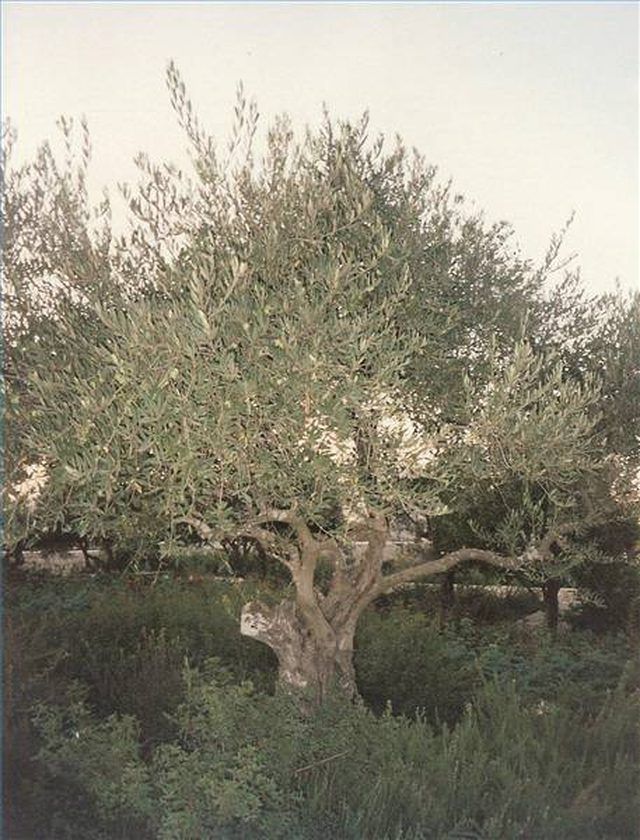Bulbs
Flower Basics
Flower Beds & Specialty Gardens
Flower Garden
Garden Furniture
Garden Gnomes
Garden Seeds
Garden Sheds
Garden Statues
Garden Tools & Supplies
Gardening Basics
Green & Organic
Groundcovers & Vines
Growing Annuals
Growing Basil
Growing Beans
Growing Berries
Growing Blueberries
Growing Cactus
Growing Corn
Growing Cotton
Growing Edibles
Growing Flowers
Growing Garlic
Growing Grapes
Growing Grass
Growing Herbs
Growing Jasmine
Growing Mint
Growing Mushrooms
Orchids
Growing Peanuts
Growing Perennials
Growing Plants
Growing Rosemary
Growing Roses
Growing Strawberries
Growing Sunflowers
Growing Thyme
Growing Tomatoes
Growing Tulips
Growing Vegetables
Herb Basics
Herb Garden
Indoor Growing
Landscaping Basics
Landscaping Patios
Landscaping Plants
Landscaping Shrubs
Landscaping Trees
Landscaping Walks & Pathways
Lawn Basics
Lawn Maintenance
Lawn Mowers
Lawn Ornaments
Lawn Planting
Lawn Tools
Outdoor Growing
Overall Landscape Planning
Pests, Weeds & Problems
Plant Basics
Rock Garden
Rose Garden
Shrubs
Soil
Specialty Gardens
Trees
Vegetable Garden
Yard Maintenance
Olive Tree Facts
Olive Tree Facts. The silvery leaves of the olive tree reflect a long and beautiful history in Western culture. From the Bible, to mythology, to today's dinner table, the olive plays a large role.

The silvery leaves of the olive tree reflect a long and beautiful history in Western culture. From the Bible, to mythology, to today's dinner table, the olive plays a large role.
History
The olive tree is one of the oldest cultivated plants. Olives were one of the seven species found in Israel in Biblical times (as mentioned in Deuteronomy 8:8). They are also mentioned many times in Ancient Greek literature. According to Greek myth, the olive tree was a gift from the goddess Athena to the city of Athens. This sacred olive tree lived in the Erechtheum, a temple on the Acropolis.
Features
The olive tree (Olea europaea) is an evergreen tree or shrub with silvery-green, oblong leaves. It can grow up to 50 feet tall, but can be kept pruned to a more moderate height of about 20 feet for easier harvesting. The fruit of the olive tree is a drupe (the flesh surrounds the stone, which itself surrounds the seed), and some varieties can grow to an inch long. The fruit varies in color from green to purple to black, depending on the variety, when it is harvested and how it is processed.
Geography
In the United States, olive trees are grown commercially in California and Hawaii. However, you can grow olive trees in your garden in USDA zones 8--10, where there are hot, dry summers and mild winters. The best locations for growing olive trees, however, surround the Mediterranean basin. Greece, Italy and Spain are the largest producers of olives for domestic use and export. North African countries such as Morocco and Tunisia, and Middle Eastern countries such as Syria and Lebanon are also big producers.
Harvesting
Harvesting can be done by hand or mechanically. Hand-picking the olives from the tree into a basket allows the fragile fruit to avoid bruising, but is labor-intensive and wasteful, as the highest branches may not be reachable. Most common is the process of shaking the olives off the branches onto a net or blanket spread around the base of the tree. A mechanical shaker can be used to shake the entire tree at once. Straddle or side comb harvesters can also be used, but may damage the fruit.
Fun Facts
In Ancient Greece, a person could be fined for digging up too many olive trees, even on their own land. At the games at Olympia, a wreath of olive leaves was the prize.